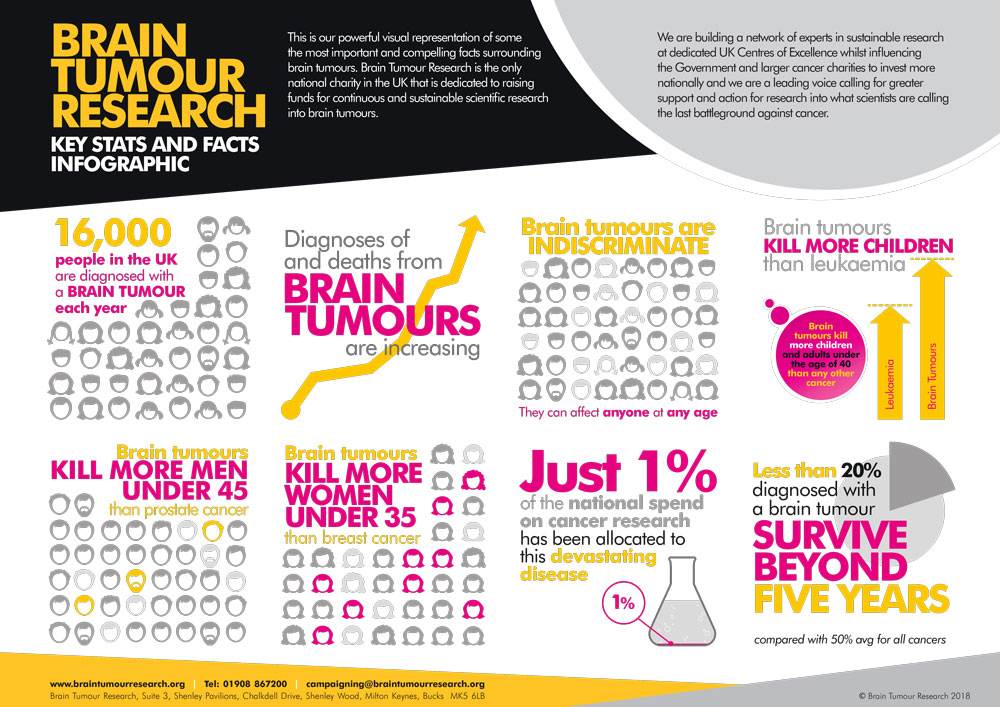Wear A Hat Day 2021

Date
Location
Search Awareness Days
What Is Wear A Hat Day?
Created to raise brain tumour awareness, Wear A Hat Day falls on Friday, 26 March 2021. March is also National Brain Tumour Awareness Month in the UK.
Fund raising events and campaigns throughout March work to raise awareness of brain tumour signs, symptoms, and treatments, and the month culminates in Wear A Hat Day.
The day encourages supporters throughout the UK to wear a hat and donate £1 to the non-profit Brain Tumour Research organisation.
While celebrating the day can be as simple as wearing a hat and donating money. Employers and other leaders have the chance to take Wear A Hat Day to the next level by creating competitions in different categories, including largest hat, best hat, creating a hat designing competition, etc.
Why Was Wear A Hat Day Created?
According to Brain Tumour Research, “Brain tumours kill more children and adults under the age of 40 than any other cancer.” Donating money to the organisation provides funding for life-saving cancer research.
What Is A Brain Tumour?
Every day in the UK, about 15 people die from brain, central nervous system, and related tumours. These tumours are the 9th most common cause of cancer-related death in the UK.
Worldwide, about 36% of people diagnosed with brain tumours are still alive five years later. While this is a start, there is still much work that needs to be done to improve brain tumour treatments.
According to Brain Tumour Research:
- Too many people are being faced with the devastating diagnosis each year – every two hours, someone is diagnosed with a brain tumour in England
- In the UK, 16,000 people each year are diagnosed with a brain tumour
- Only 12% of brain tumour patients survive beyond five years of their diagnosis, whereas over 70% of breast cancer and over 40% of leukaemia patients survive beyond five years
- Brain tumours are the chief cause of cancer deaths in children and young people – in 2015, the number of children dying from cancer was 194, with brain tumours taking 67 young lives and leukaemia 46
- Brain tumours continue to kill more children and adults under the age of 40 than any other cancer

A brain tumour is caused by abnormal cell growth in brain tissue. Brain tumours can be malignant (cancerous) or benign (non-cancerous). Both types of tumours can wreak havoc on the body’s ability to function normally.
While cancerous tumours are the most serious threat to life and well-being, benign and slow-growing tumours can become dangerous over time as well.
In addition to classification as malignant or benign, brain tumours are also classified as primary or secondary. A primary tumour originates in the brain, while a secondary tumour originates in another area of the body and spreads to brain tissue.
Why Do People Get Brain Tumours?
All tumours are caused by a mutation in a person’s DNA, and certain factors can make these mutations more likely.
Like many health conditions, the chances of developing a brain tumour grow with age. Brain tumours are not usually genetic, except in some rare cases.
Some studies have shown a connection between home/farm pesticide use and brain tumours. Exposure to certain chemicals in the workplace — such as paint, hair dye and other hair care products, and printing products — have also been linked to an increased likelihood of developing a brain tumour.
Certain drugs, viruses, and hormone replacements may increase the likelihood of developing a brain tumour.
How are Brain Tumours Treated?
If you or a loved one are diagnosed with a brain tumour, it can be stressful to decide what to do next. It’s important to closely follow your doctor’s instructions and advice.
Some treatment options for brain tumours include:
- Chemotherapy: Chemotherapy is an oral or intravenous medication that works to treat cancer. Your doctor may recommend the use of chemotherapy in conjunction with other treatments
- Radiotherapy: This type of therapy utilizes a large machine to deliver strong radiation to the tumour, intending to kill cancer cells or slow the growth of a tumour
- Surgery: Brain tumour surgery aims to remove as much of the tumour as possible without negatively affecting other areas of the brain
